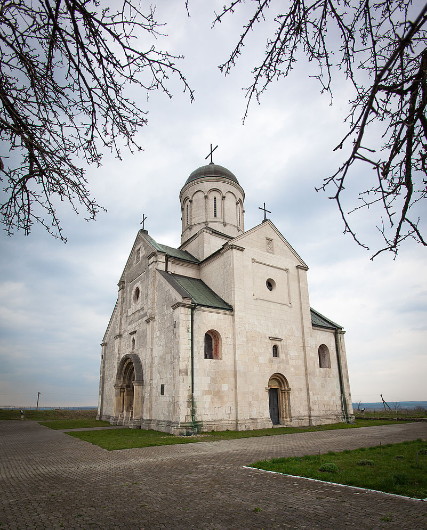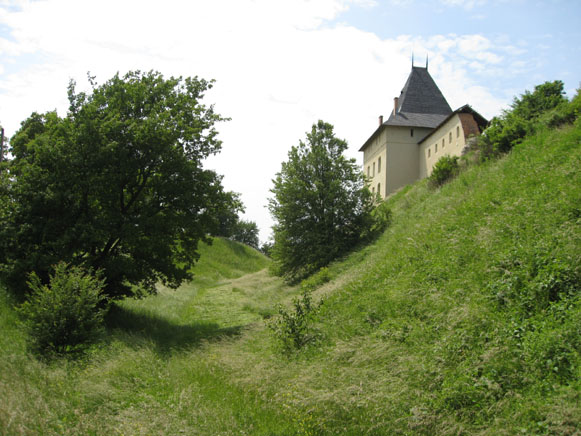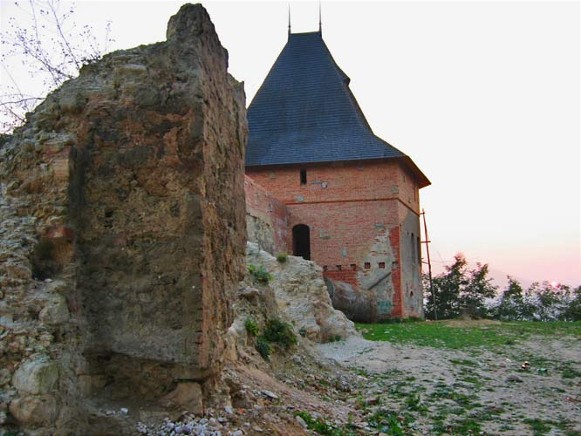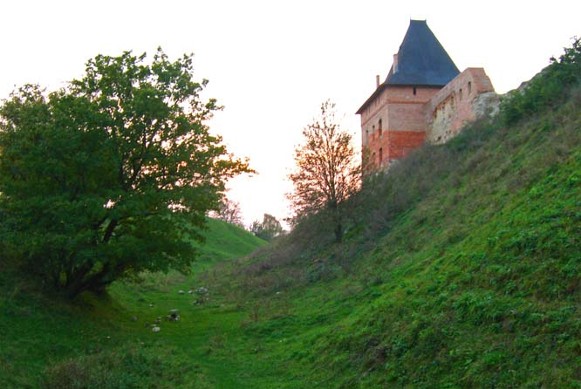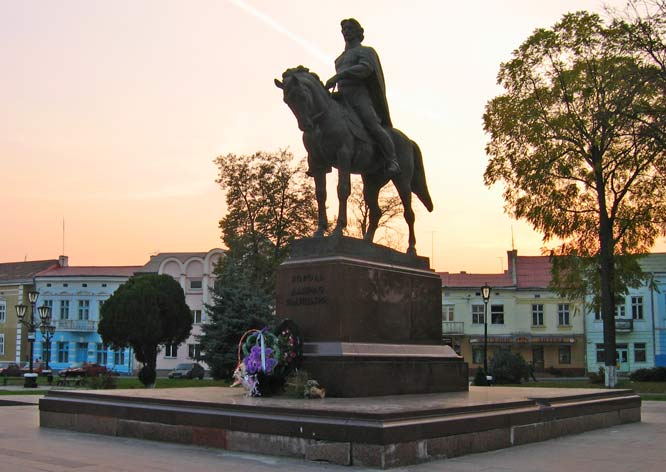Halych
Halych [Halyč]. Map: IV-5. City (2001 pop 6,495) at the confluence of the Lukva River and Dnister River, raion center of Ivano-Frankivsk oblast. It arose in the 14th century, some time after the Mongols destroyed princely Halych, on the site of the city's river port 5 km north of the city. By the middle of the century the town and the surrounding territory were annexed by Poland. In 1367 Halych was granted the rights of Magdeburg law and soon a castle was built to protect it against the Tatars. From the 14th century it was the see of the Halych metropoly and from 1375 the see of a Latin-rite Catholic diocese. By the 16th century the town was one of the larger trade centers in eastern Galicia. Many of its inhabitants joined Bohdan Khmelnytsky's rebellion (see Cossack-Polish War). In the second half of the 17th century the castle and part of the town were destroyed by the Tatars. Henceforth Halych remained an insignificant small town. In 1772 it was acquired by Austria in the first partition of Poland. It revived somewhat toward the end of the 19th century with the construction of a railway line linking it with Lviv, Stanyslaviv, and Chernivtsi. In June 1915 the Ukrainian Sich Riflemen pushed the Russian army out of Halych. In the summer of 1919 the city witnessed several battles between the Third Corps of the Ukrainian Galician Army and the Poles. Halych's most valuable architectural monuments are the Nativity Church (built at the turn of the 14th century and restored in 1825) and the remnants of the castle.
[This article originally appeared in the Encyclopedia of Ukraine, vol. 2 (1989).]
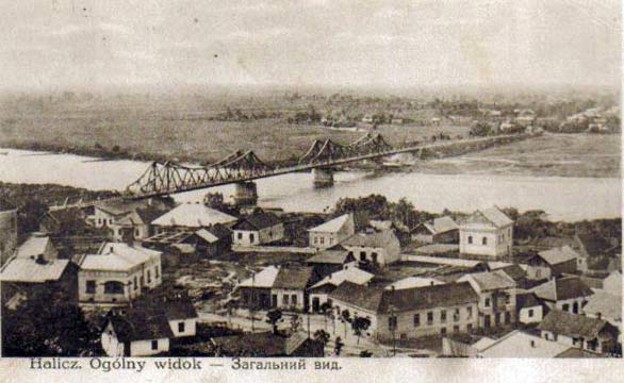
.jpg)
